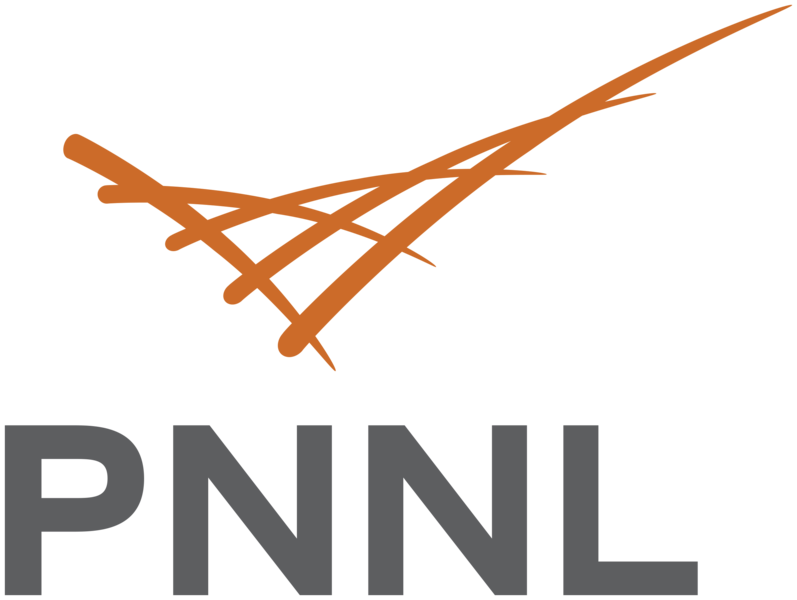Campaigns
Proposals are accepted from members of the scientific community for conducting field campaigns using the Atmospheric Radiation Measurement (ARM) User Facility.
ARM provides the scientific community with the operational and logistical resources to conduct field campaigns using the ARM observatories that focus on advancing research in support of the ARM mission.
Priority will be given to proposals that make comprehensive use of ARM facilities, focus on strategic goals of the DOE Biological and Environmental Research (BER) program, and have the ability to improve regional or global earth system models.
Proposals that coordinate with other BER community capabilities or that support the goals of the Global Energy and Water cycle Exchanges (GEWEX) project are encouraged.
Featured Campaigns
COURAGE
1 December 2024 - 30 November 2025
CAPE-K
15 April 2024 - 15 September 2025
EPCAPE
15 February 2023 - 14 February 2024
Types of Campaigns
ARM accepts proposals for the following types of field campaigns:
Small Campaigns
Cost ARM less than $300k and may include deployment of guest instruments at ARM observatories, use of instruments for offsite deployments, or special operations, such as enhanced radiosonde or special scanning strategies
Annual Facility Call Campaigns
Exceed $300k cost to ARM and include a large fixed-location atmospheric observatory campaign and/or deployment of ARM Mobile Facilities (AMF)
Special Campaigns
Tethered balloon system missions and ArcticShark uncrewed aerial system deployments
Campaign Timeline
Keep up with the Atmospheric Observer
Updates on ARM news, events, and opportunities delivered to your inbox
ARM User Profile
ARM welcomes users from all institutions and nations. A free ARM user account is needed to access ARM data.


















